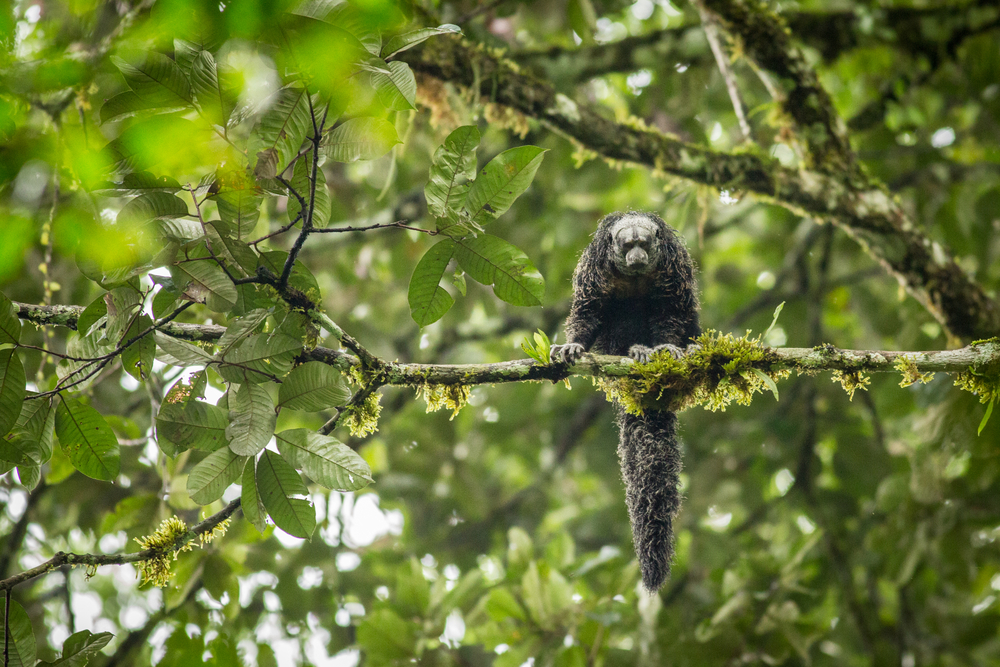A team of researchers from Kyoto University and the Université de Strasbourg has applied drone techniques for the observation of feral horses living in Serra D’Arga, a mountain located in the north of Portugal.
Maeda et al. took aerial photos of individual horses that appeared in pre-fixed areas and collected positional data. Image credit: Maeda et al., doi: 10.1038/s41598-020-79790-1.
“A multilevel society is a social structure with nested levels of social organization,” said first author Dr. Tamao Maeda from the Wildlife Research Centre at Kyoto University and colleagues.
“Individuals are structured in stable unit groups that preferentially associate with other units to form a higher level of social organization.”
“Humans, for example, live in a multilevel society where families gather to form a local community, families further combine to form higher social organization levels such as suburbs, cities, states, and countries.”
“As a multilevel society is characterized by polyadic interactions among units, it is important to understand how such group-level relationships have evolved and been maintained.”
“Our study tested whether the horse society had a multilevel structure using positional data in three steps,” they explained.
“We examined them for the presence of unit groups. We tested whether units were aggregating to form a herd. And we determined whether units have stable positional patterns within the herd by using social network analysis.”
“We hypothesized that the distribution of inter-individual distances should be multi-modal if units exist, observed inter-unit distances should be smaller than randomized data, and association rates and centrality are significantly different among units.”
The scientists set up an observation area of a well-documented group of horses in Serra D’Arga, Portugal.
Their drone took aerial photos at 30-minute intervals, allowing them to precisely record the locations of each horse and the exact distances between each individual.
The use of drones enabled the team to identify 121 individuals within 23 specifically defined groups called units, and 5 solitary males.
Two categories were used to describe the groups: ‘harems’ (mixed with one or two adult males) and all male ‘bachelor groups.’
“We found three pieces of evidence: (i) small social organizations or ‘units’ exist and they will merge to form higher-level ‘herds;’ (ii) bachelor groups stay in the periphery of a herd; and (iii) large harems were more likely to occupy the center of the herd,” Dr. Maeda said.
“It is often seen in social animals that dominant individuals occupy the center of a group. Therefore, the data suggest that larger harems indicate their higher status within group relationships.”
“Additionally, keeping the bachelors away from the center may reduce the risk of their harassing individuals and potentially taking over harems.”
A paper on the findings was published in the journal Scientific Reports.
_____
T. Maeda et al. 2021. Aerial drone observations identified a multilevel society in feral horses. Sci Rep 11, 71; doi: 10.1038/s41598-020-79790-1
Note: This article have been indexed to our site. We do not claim legitimacy, ownership or copyright of any of the content above. To see the article at original source Click Here














